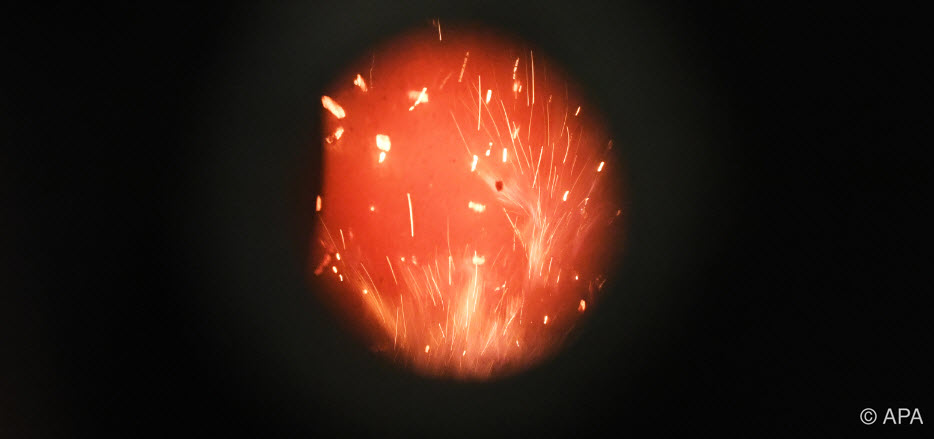
Graz (APA) — Hydrogen is an important raw material for industry and in the discussion as an energy source of the future. For this purpose, it should be manufactured in an environmentally friendly and efficient manner. A European consortium with the participation of the Graz competence center BEST has developed a reactor concept in which hydrogen is generated from wood waste and the previous energy consumption could be reduced.
Hydrogen is already being used in large quantities for a number of industrial processes, but the substance will continue to be of particular importance as an energy source and especially as a storage medium for renewable energies. It is available in practically unlimited quantities on earth, but almost only in a bound form, such as in water or hydrocarbons. So far, it has been obtained using a lot of energy. In the vast majority of cases, hydrogen is generated from fossil fuels – for example by reforming natural gas – as Jürgen Loipersböck from the BEST competence center, which is based in Graz, explained in an interview with APA.
In recent years, the gasification of biomass such as wood, sewage sludge or other organic waste has become interesting as an alternative hydrogen production: in a multi-stage water-gas shift system, carbon monoxide and water vapor can be converted to carbon dioxide and hydrogen. The disadvantage here, however, is that complex cleaning with high energy input is necessary, Loipersböck explained.
“2 in 1” reactor with homogeneous catalyst
The European project consortium ROMEO has developed a reactor concept since 2015, in which the manufacture and refurbishment is carried out in one process step using special membranes. The “2 in 1” reactor was equipped with a special homogeneous catalyst. The gas-liquid reaction made possible allows a high turnover rate even at much lower temperatures (around 120 instead of up to 500 degrees Celsius). The carbon dioxide is continuously separated by a special separation membrane. “At the pilot plant, we specifically tested what happens when we work with synthesis gas from biomass and wood waste,” said Loipersböck.
The “reactor optimization” showed a “drastic” reduction in energy consumption and emissions during testing in the test facility, as stated in the communication from the competence center. Specifically, energy consumption has been reduced by up to 15 percent and emissions by up to 40 percent, although hydrogen production was significantly higher than expected. However, Loipersböck emphasized that further developments are necessary for industrial applications.
The research partners covered the entire process chain for the implementation of the concept in all key positions: In addition to BEST – Bioenergy and Sustainable Technologies GmbH, the Friedrich-Alexander University Erlangen-Nuremberg, RWTH Aachen University, the Technical University of Denmark and the German one belong to the consortium Specialty chemicals group Evonik (project coordinator), LiqTech International A / S (Denmark), the European Membrane House (Belgium), Agencia Estatal Consejo Superior de Investigaciones Cientificas (Spain) and Linde AG. The EU funded the project as part of the Horizon 2020 research program with six million euros.
Source: APA
Read the most up to date Fuel Cell and Hydrogen Industry news at FuelCellsWorks




